10 Content Marketing Trends To Watch In 2023 via @sejournal, @andybetts1
Keep up with the industry and develop a successful content marketing strategy with these top 10 trends. The post 10 Content Marketing Trends To Watch In 2023 appeared first on Search Engine Journal.

Check out these content marketing trends you’ll want to have on your radar as you strategize for a successful 2023.
A triage of increased consumer demand, search and content convergence, and AI awareness makes 2023 a challenging but opportunistic year for content marketers.
As the demand for content hits an all-time high, quality and helpful content is becoming a number one priority.
This, combined with a meteoric rise in AI-generated content, represents a paradigm shift in how marketers approach content.
Jump To
1. Content Marketing Trend For 2023: A New Content Battleground2. Digital And Content Evolution3. AI Growth And Conversational Infusion4. Content, Search, And SEO Fusion5. Purpose And Differentiation6. Visual Variation7. AI Experiments Vs. Experience8. Focus And Process9. Consistency, Consumption, And Value10. Intelligent Automation11. Human And Machine Symbiosis12. ConclusionContent Marketing Trend For 2023: A New Content Battleground
Many of the content trends we identified last year still remain vital and have not changed.
For example, the focus on intent and proving value, the fusion of multiple media formats, and the emphasis on the processing and utilization of data as an informer have not changed.
The same applies to the vital art of storytelling and account-based content marketing. However, as content production surges, a lot has changed.
The content marketing market is poised to grow by $584.02 billion during 2023-2027.
2023 represents a new content battleground for content marketers, with billions of pieces published by brands, individuals, and machines.
As a result, ensuring your content is discovered and consumed by its intended audience will be more challenging.
Marketers are competing on a new content battleground where quality meets quantity, and organizations need to compete for consumers’ attention in different ways.
Let’s take a look at 10 content marketing trends in 2023.
1. Digital And Content Evolution
For all the talk over the last few years around digital disruption, the reality is that it has already happened. We are now in a period of evolution, meaning content marketers must change mindsets and skill sets.
As more organizations focus on personalization and the user experience, old content strategies must be updated for multiple new digital experiences across critical moments in the customer journey.
With so much online content that addresses the top of the funnel, are marketers missing the mark at the bottom? After all, executives want to see content that converts and helps the sales cycle.
In addition, while marketers experiment with new technologies, are they utilizing their existing ones?
Content creates data. According to the IDC, the Global DataSphere is expected to more than double in size from 2022 to 2026.
Are marketers using what insights they currently have access to or focusing on what is new?
Tips
Tap into your existing digital technologies for real-time search and data insights to better understand what motivates your prospects. Balance utilizing what you have vs. what you may want in the future. Keep an eye on your data and understand what you have before you create more. Let the data you have now help inform future decisions.Read more on SEJ:
How Data Is Reshaping the SEO & Digital Marketer’s Landscape2. AI Growth And Conversational Infusion
The introduction of OpenAI and ChatGPT allows marketers to interact with technology in a conversational manner for the first time.
As a result, AI will be infused into content marketing strategies at a scale never witnessed in our lifetime.
ChatGPT reached 100 million monthly active users just two months after launch.
While this is not another ChatGPT post (there is plenty out there!), I believe it is essential to understand how AI has evolved and what it is before you build content and generative AI strategies.
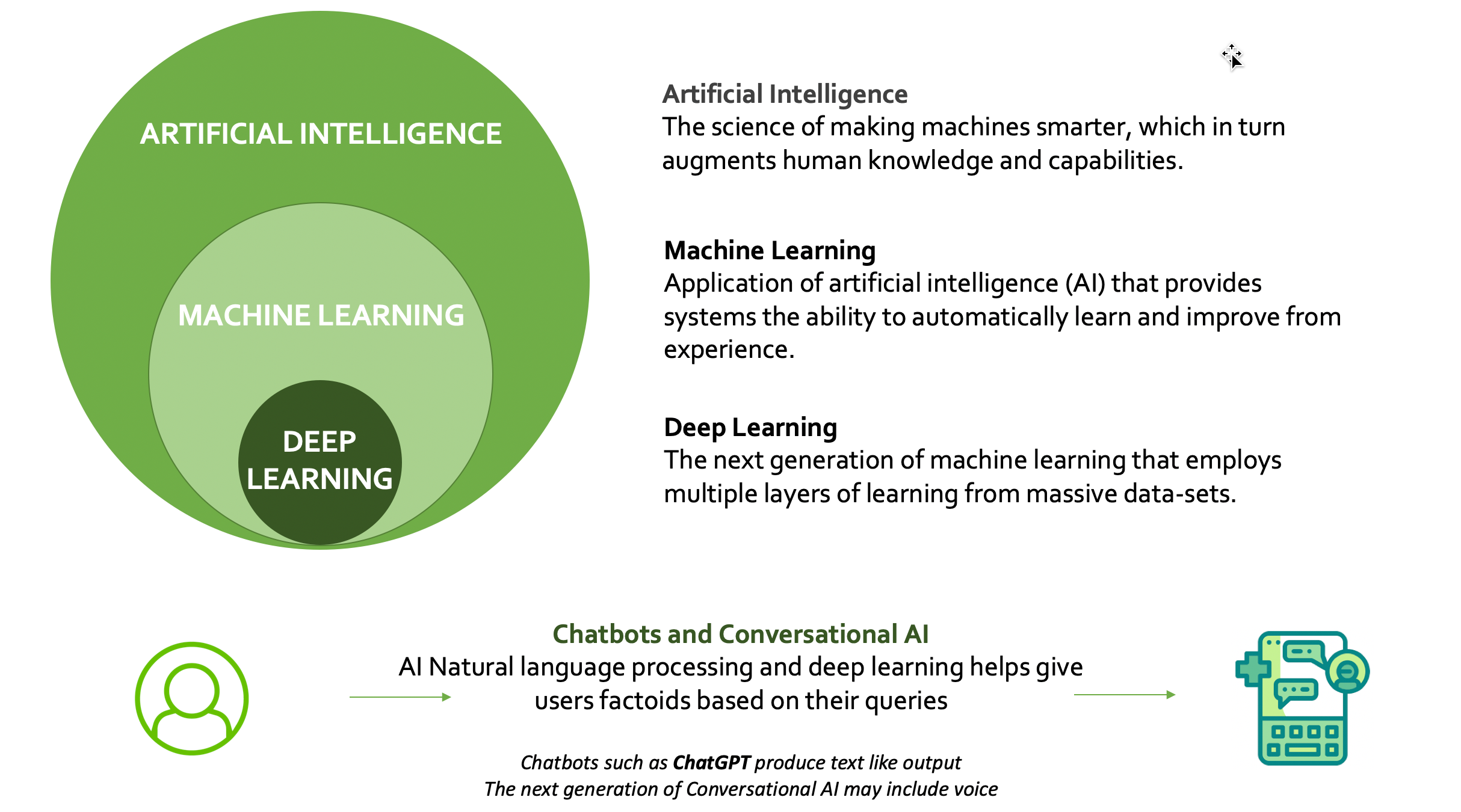 Image from author, March 2023
Image from author, March 2023
Tips
Understand before you experiment. Experiment and balance this with what content goals you currently have. Exercise caution with generative AI and ensure it has human supervision. Do not create for content’s sake; think of the reader, not the robot. Follow Google’s guidelines on Helpful Content Update and E-E-A-T.Read more on SEJ:
ChatGPT For Content and SEO?3. Content, Search, And SEO Fusion
Recent search engine guidelines such as the Helpful Content Update and Product Review Updates mean marketers need to be more thoughtful about the content they create.
Content needs to be created for the human reader rather than a search engine ranking to stand out from the noise.
As content, search, and SEO strategies fuse, marketers must rethink what they write and how SEO, content, search, and digital teams work together – and with AI.
The introduction of ChatGPT has caused a stir.
Personally, I believe too many marketers are reading and experimenting, offering opinions, and sharing clippings. The worry here is that both SEO professionals and content marketers lose focus on the now.
With over 90% of organizations planning to utilize SEO more this year, it is essential to focus on high-impact strategies and consider how and where AI-generated content fits in.
Tips
Think about who will want to read your content before you start. Utilize SEO insights to inform content strategies for PPC. Combine SEO and PPC to have more control over the customer experience. Leverage AI but approach generative AI with caution and supervision to avoid penalties. Embrace automation for SEO tasks that do not need a manual touch.Read more on SEJ:
25 ChatGPT Examples For Digital Marketers & SEOs4. Purpose And Differentiation
Content that lacks purpose will struggle to compete on the search engine results pages (SERPs). To ensure content is discoverable and found online, differentiation is needed.
Marketers need to rethink why they are producing, how, and who for.
They also need to ensure that branded content and messaging are relevant to the intent of their target audience and meet their needs and wants.
Changes to SEO/search algorithms (64%), changes to social media algorithms (53%), and data management/analytics (48%) are among the top concerns for B2C marketers.
As more content goes online, consumers can find it hard to find the information they really want and need. As a result, marketers will need to find new ways to differentiate their content with creativity, new formats, research, and unique approaches.
For example, let’s be honest, at the moment, the internet is awash with articles on AI and ChatGPT. However, I only read 20% from sources I trust, as everyone seems to be an AI expert at the moment.
Content will be being duplicated at scale, and we should expect a rise in spam, content detection, and copywriting technologies very soon!
Tips
Write with purpose and passion, something AI cannot replicate. Think about how you can combine multiple content formats in major assets. Utilize visuals to complement text. Know your market, product, message, and goals before writing anything. Think how you can be different compared to others who will be covering similar topics.Read more on SEJ:
7 Content Marketing Best Practices In 2023 AI Text Detection Software: Can They Detect ChatGPT?5. Visual Variation
Visual content is in demand, from visuals for search experiences and ranking to infographics, images, and charts.
With the explosion of text-based content online produced by humans and machines, visual content marketing can help simplify content. It also offers alternative ways to interact with consumers.
For example, video is the top channel for B2B marketing, and the hot new trend is short-form video. TikTok, Instagram Reels, and YouTube Shorts are now some of the most popular media for brands.
Harnessing the power of video SEO can dramatically increase the visibility of your content across search engines. In addition, you can optimize your videos for higher rankings by refining and adjusting specific elements.
Tips
Look at YouTube suggest and SEO keyword research for ideas and recommendations. Match your content so it is relevant for the top, middle, and bottom of the funnel – demo videos work very well at the bottom of the funnel. Create short-form video content (60 seconds) so you don’t lose consumers’ attention. Repurpose long-form videos. Share and promote.Read more on SEJ:
Google Multisearch: A New Way to Search with Text & Images Video Marketing: An In-Depth Guide for Every Business Owner Today6. AI Experiments Vs. Experience
As I mentioned earlier in his article, experiment with new technologies.
With ChatGPT reaching 1 million users in just under two months, marketers are experimenting with AI-generated content at a massive scale.
The best content marketers will learn how to work with AI.
This means understanding limitations and exercising caution while adding their experience to produce and supervise AI content tools set to flood the market.
Only 10% of marketers currently use AI to generate content, but over 58% plan to increase their usage this year. This shows that many marketers are exercising caution while they see:
How generative AI and new tools/applications perform and where and when to use them. How new AI features will be baked into search engines, and what this means.Undoubtedly, we will see a super-accelerated use of AI, but it’s also vital that experience content marketers drive experimentation and selection and supervises its usage.
Tips
Find time to experiment with ChatGPT with a lens on how it can help with your specific content needs. Remember to look at the plethora of tools that help with creation, distribution, and measurement – think full cycle. Before publishing anything, fact-check, edit, and copy-check – add your personality. Keep a very close eye on how it is showing on the SERPs and its performance.Read more on SEJ:
11 Disadvantages Of ChatGPT Content7. Focus And Process
The core fundamentals of good content marketing have not changed. Marketers should not lose focus on that.
In 2023, production and approval processes will need to change. Organizations will need to adapt to the fact that AI is going mainstream. They must adapt processes to accommodate AI to help inform and assist content marketing strategies.
40% of B2B marketers have a documented content marketing strategy; 33% have a process, but it’s not documented, and 27% have no plan.
When anything new, it is natural (and essential) that humans want to experiment. However, marketers also have current goals to achieve, so balance is needed.
Managing time and resources will become necessary to balance the scales. Do not lose focus on what you need to do now while keeping an eye on the future.
Tips
Do not lose focus on your current goals. Look at the best use cases for the usage of AI and where in your content marketing funnel it fits. Insert this into your process – once you are certain you have selected the right technologies. Ensure you have a content marketing expert supervising inputs and approving outputs.Read more on SEJ:
How To Create A Content Strategy Framework 7 Content Marketing Best Practices In 20238. Consistency, Consumption, And Value
Consistently producing content for content’s sake will not reap the rewards. Instead, quality over quantity will lead to better engagement in 2023.
Too much content can confuse consumers. This is especially true for content with no relevancy, shows no authority, and offers little value.
83% of marketers say focusing on quality rather than quantity of content is better, even if it means posting less often.
If people don’t consume your content, there is no value in creating it in the first place.
Furthermore, people don’t consume media in silos, so it’s important to distribute your content in multiple formats across multiple channels.
Tips
Ensure you are consistent in your tone, voice, and messaging per your marketing personas. Test a few different formats for your content (i.e., blog vs. video) and see what performs. Measure value beyond traffic and look at bounce rates, engagements, and conversions. Ensure stakeholders are aware of brand value and lift if messaging is a key goal.Read more on SEJ:
Content Marketing Metrics & Analytics: 5 Types of Data Insights9. Intelligent Automation
Conversational and generative AI has taken most column and opinion pieces over the last few months. However, the use of AI automation for many other use cases has been on the rise for years.
This includes use cases such as the intelligent automation (IA) of website error detection and automated fixes, curation, distribution, and reporting.
68% of B2B marketers implement automation in their marketing strategy.
In the current content climate, it’s essential to know how generative and conversational AI differs from other AI applications, as per point No. 2 earlier in this article.
AI can be used for various tasks, such as generative applications, image recognition, etc.
Furthermore, intelligent automation takes this capability further by analyzing output from the decision-making process to execute increasingly complex workflows without manual labor.
This goes beyond what standalone generative and conversational AI offers.
When comparing intelligent automation vs. artificial intelligence, one could not exist without the other; they must go hand in hand if businesses want the best results possible.
Tips
Ensure you list standalone AI tools vs. platforms that already have AI baked into their tech stack. Utilize intelligent automation for backend web fixes, internal linking, and reporting. Use automation technologies that can give insights and automate time-consuming technical tasks.Read more on SEJ:
AI For SEO: Can You Work Faster & Smarter?10. Human And Machine Symbiosis
AI will not replace humans. Nothing can beat human empathy, judgment, and creativity. If humans and machines work together, it will not replace content marketers’ jobs.
Content marketers’ jobs are not at risk for those who are thoughtfully embracing AI to A (assist) and I (inform).
AI is not ready to make unsupervised decisions.
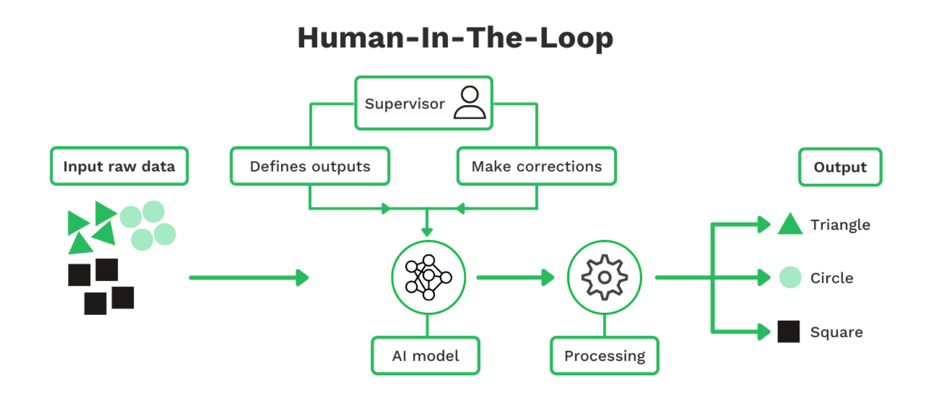 Image from Klippa, March 2023
Image from Klippa, March 2023
Success lies in balancing human input, supervision, judgment, and skill.
Expect to see an increased focus on collaboration between humans and machines. AI should aim to augment human capabilities and improve overall content marketing performance.
Read more on SEJ:
8 Content Writing Tips From Experts In 2023Conclusion
The bar is high in the new content marketing battleground; “average” content will no longer do.
We are set to see a content explosion on the web, and only those who create unique, helpful, and differentiated content will stand out and win.
Embracing and utilizing AI is an obvious must, but so is exercising caution and aligning it with human capital.
The link bait headlines titled “AI is here to replace…” is fluff in marketing!
Processes need to change; marketers will adapt, and those who can balance current and future focus will progress professionally and personally.
Tap into these content trends for a more innovative and ultimately successful marketing strategy this year.
More Resources:
7 Ways To Use Google Trends For SEO & Content Marketing How To Find What’s Trending: 14 Tools For Topic Inspiration Content Marketing: The Ultimate Beginner’s Guide To What WorksFeatured Image: 3rdtimeluckystudio/Shutterstock

 Konoly
Konoly 








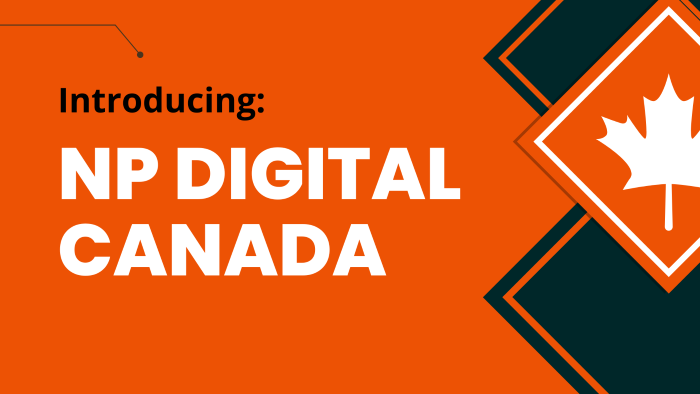

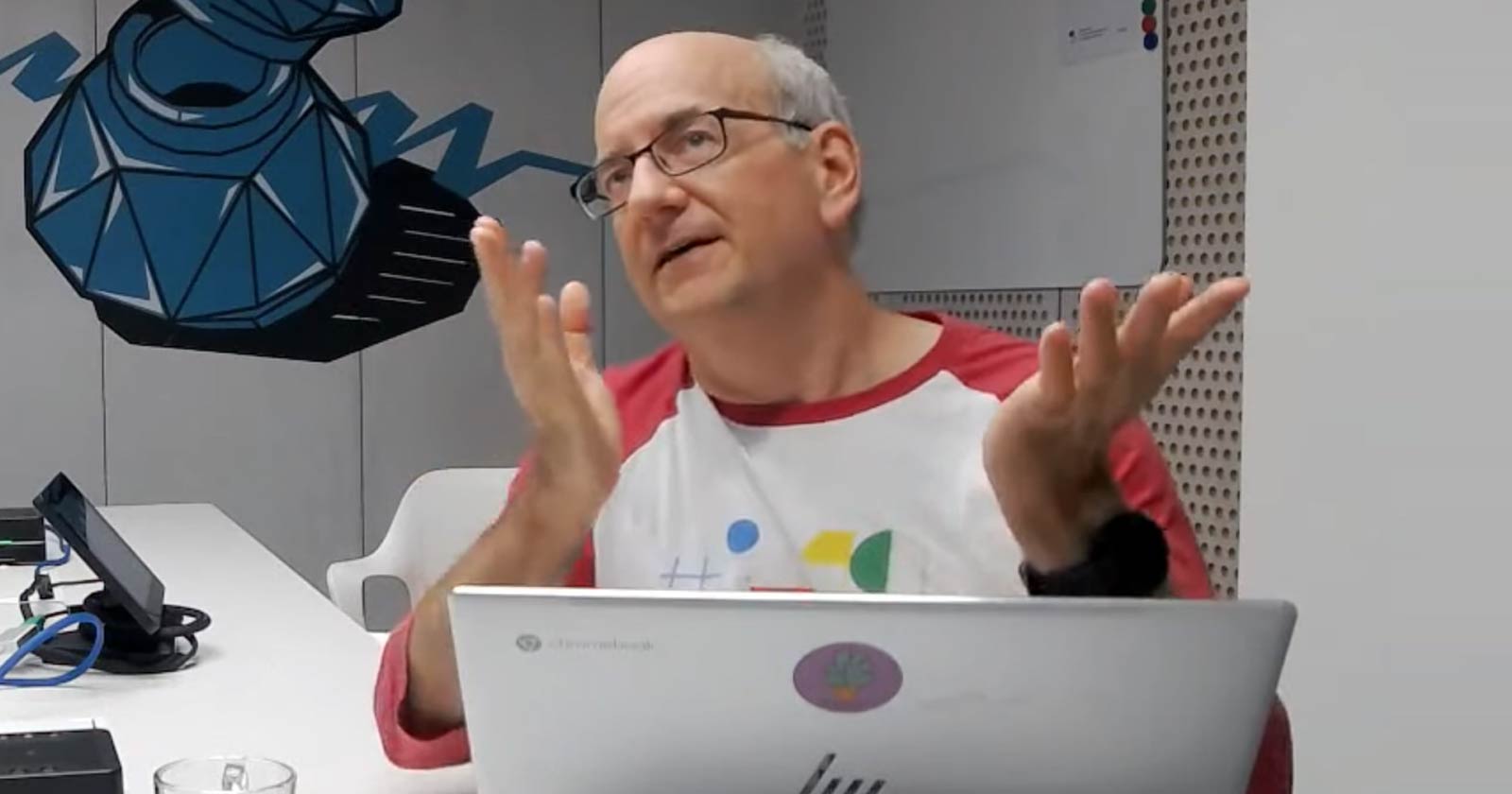
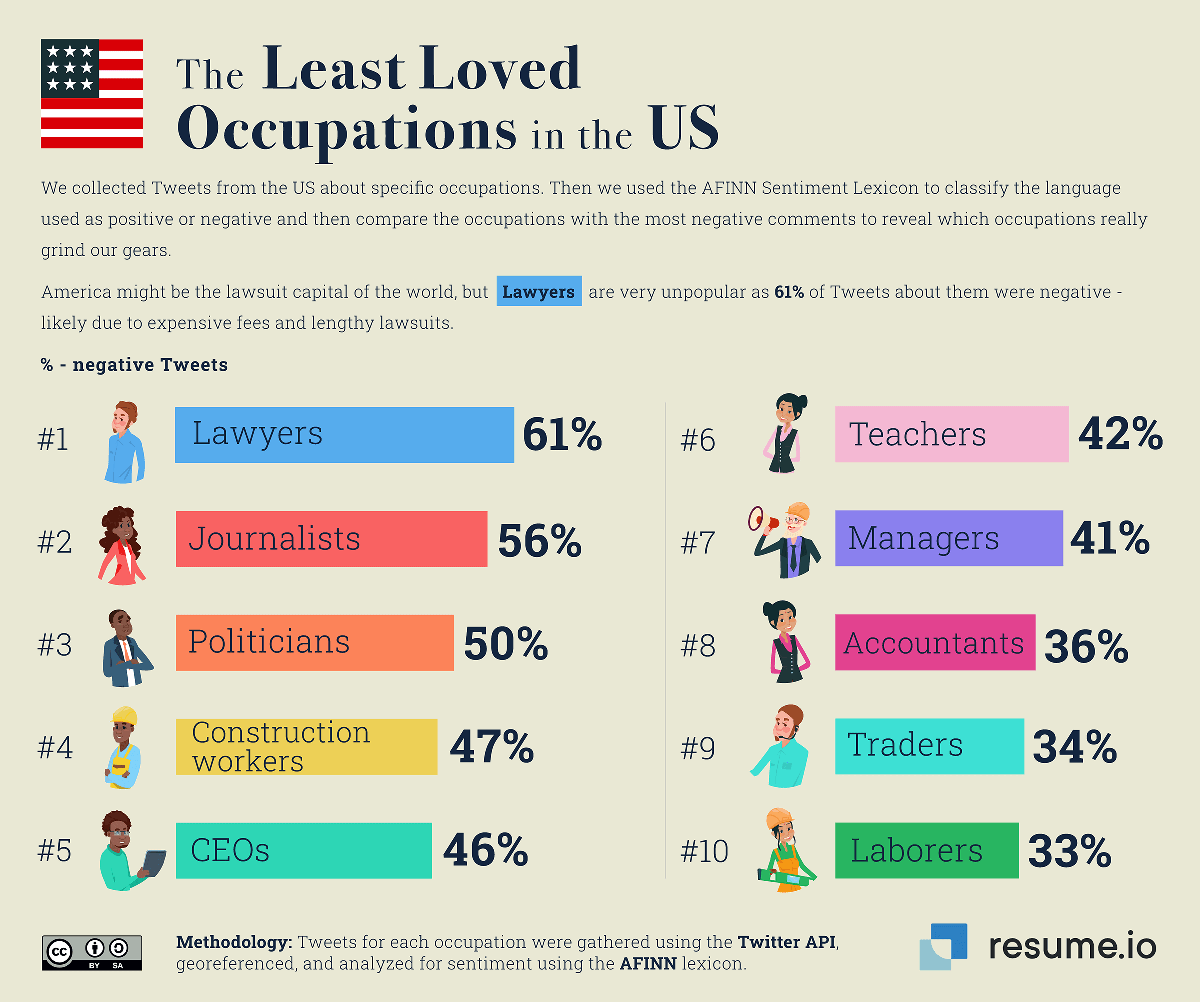

















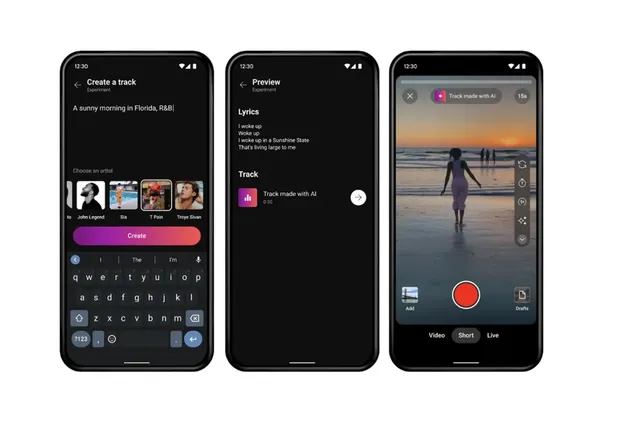
.jpg&h=630&w=1200&q=100&v=154b70b92d&c=1)

